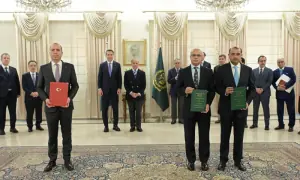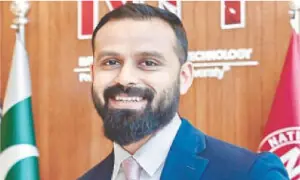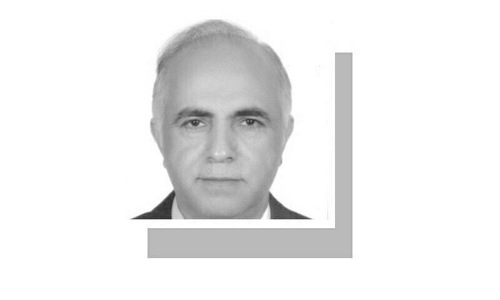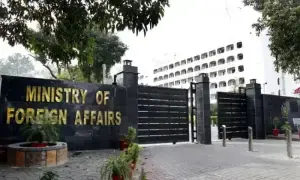TODAY, when knowledge economies are fuelled by skills, the professionalisation of the technical vocational education and training sector is imperative. Historically the poorer child of education, TVET today is perhaps the guarantor of inclusive growth, employment and work readiness — at par with if not more important than university education.
However, the charitable mode of thinking about TVET has to end. It is more than an embroidery class for widows. Standardised curricula, accredited trainers, international certification, market alignment, industry-rooted training are the goals. We need to re-market, rebrand and rethink TVET from blue collar to high value — an upmarket black tie if you will.
How? A good beginning is the implementation of the Uniform National Registration Standard Operating Procedures 2024. These SOPs are the first step towards a standard framework for TVET institutes’ registration and operations. They are transforming tools that govern the registration, management and output of TVET institutions. The SOPs serve as a firm, important step towards the establishment of a nationwide standards framework for TVET registration, with operations ensuring transparency, consistency and quality.
By implementing the uniform registration procedures, regulatory bodies like the National Vocational and Technical Training Commission (NAVTTC) can effectively monitor institutions, maintain data integrity and align vocational trainings with labour market needs. This ensures that institutions operate under a consistent set of principles, reducing disparity in training quality and outcomes. Emphasis is placed on the accreditation of trainers and curricula — trainers should not only possess expertise in the subject but must also be certified on the basis of recognised benchmarks. If mainstream education has qualification standards like M.Ed. and B.Ed., then why not have similar standards for TVET faculty?
Traditional trades need to be blended with digital knowledge.
Today, traditional trades need to be blended with digital knowledge to keep pace. Collaborations with technology companies aim to introduce international certification courses in information and communication technologies to skill and up-skill. For instance, the NAVTTC’s recently launched Huawei programme aims to train 1,500 trainees across semi-urban and urban areas in Islamabad, Rawalpindi, Lahore, Karachi, Peshawar, Faisalabad, Multan, Bahawalpur, Sahiwal, Depalpur, Pakpattan, Gujranwala, Sargo-dha, Sialkot, Mardan and Muzaffarabad. Out of 1,500 trainees, 480 will be trained in cloud tech essentials, 220 in cloud architecture and deployment and 800 trainees in artificial intelligence. Such programmes serve a dual purpose: skilled entry-level youth and enabling mid-career professionals to upskill and remain competitive.
Presently, skilling programmes are primarily aimed at the youth but we also have a responsibility towards the continued training and education for upskilling mid-level personnel across trades. While youth-focused skilling programmes address the challenges of first-time job seekers, upskilling initiatives target existing workers who must adapt to evolving technological and work environments. Today, continued learning is not optional but essential.
International certifications in conventional and industrial trades also serve as an important barometer. It is useless to run three- to six-month courses only to end up with a sea of people who have no practical skills exposure and are unable to compete. Thus, inter- national certifications with the requisite assessment and curricula might increase the domestic and global employability quotient.
Many graduates emerge with limited exposure to real world applications and find themselves ill equipped to meet their employers’ expectations. To address this gap, international certifications must be paired with practical assessments, updated curricula and industry placements. International certifications such as Pearson and City& Guilds ensure that a welder trained in Pakistan meets the same requirements as one trained in Germany, thereby unlocking and increasing chances of Pakistan’s global mobility with a potential positive impact on remittances.
The path to transforming TVET from a charitable endeavour to a high-value proposition involves rebranding the sector, standardising operations, integrating global benchmarks, leveraging technology and fostering meaningful public -private partnerships. As we transition from a labour-driven to a knowledge-driven economy, TVET stands at the crossroads of opportunity and impact.
The writer is the chairperson of National Vocation and Technical Training Commission.
Published in Dawn, May 12th, 2025































